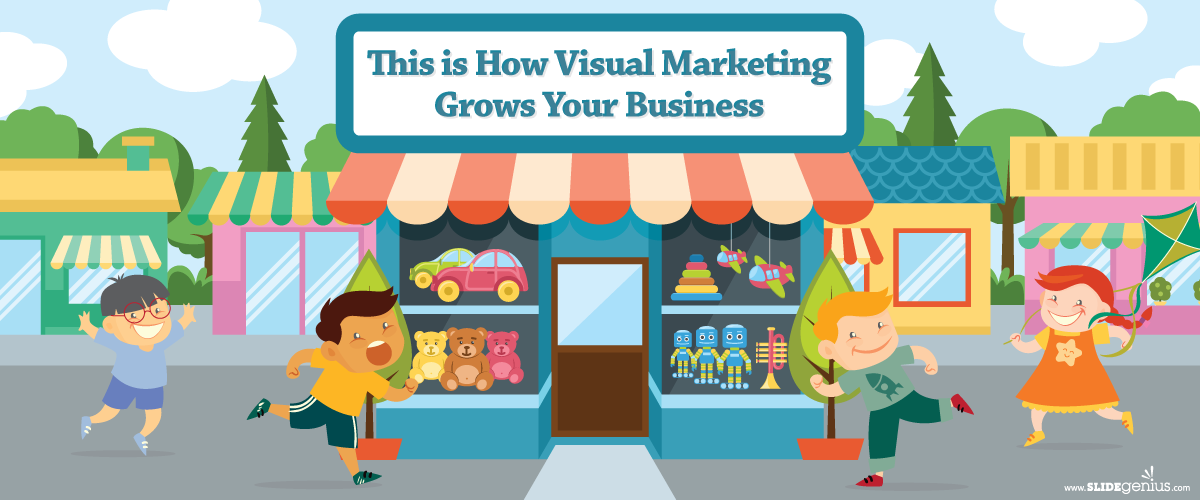
In today’s highly competitive marketplace, visual marketing has become a critical component of any successful business strategy. Visual content grabs attention, communicates messages quickly, and makes brands more memorable. From social media posts to advertisements, websites, and presentations, visual marketing helps businesses stand out, connect with audiences, and drive conversions.Here’s how visual marketing can grow your business and elevate your brand:
1. Captures Attention Instantly
In a world where consumers are bombarded with information, visual content is one of the most effective ways to cut through the noise. People process images faster than text, and a well-crafted visual can grab attention in seconds.How It Helps:
- Quick Engagement: Visuals, whether they’re images, infographics, or videos, catch the eye and make your audience pause and take notice.
- Short Attention Spans: In the digital age, attention spans are shorter than ever. Visual content can quickly communicate your message before the audience moves on.
Example: A scrolling social media feed filled with text posts might make users lose interest, but an eye-catching image with a bold headline can stop them in their tracks and lead them to click or learn more.
2. Strengthens Brand Recognition
Consistent and well-designed visual content enhances brand recognition, making your business more memorable and easier to identify. This includes everything from your logo and color scheme to the style of visuals you use across different platforms.How It Helps:
- Creates a Visual Identity: By using a cohesive color palette, fonts, and design elements, your brand becomes more recognizable to consumers. Over time, this builds familiarity and trust.
- Increases Memorability: Studies show that people are more likely to remember visual information than written text. Using consistent visuals helps imprint your brand in the minds of your audience.
Example: Think about brands like Coca-Cola or Apple. Their logos, colors, and overall visual identity are so strong that you can recognize them without even seeing the company name.
3. Builds Emotional Connections
Visual marketing appeals to emotions, helping to create a deeper connection with your audience. People are naturally drawn to images that evoke feelings, and emotional marketing can drive engagement, loyalty, and action.How It Helps:
- Tells a Story: Visuals are powerful storytelling tools. A compelling image or video can quickly convey a narrative, making your message more relatable and impactful.
- Elicits Emotional Responses: Visuals that tap into emotions—happiness, nostalgia, excitement, or even concern—create a stronger bond between the brand and the consumer, encouraging them to take action.
Example: A nonprofit organization using an emotionally powerful image of people benefiting from their services can inspire donations and support more effectively than text alone.
4. Increases Engagement and Conversions
Visual content, particularly on social media and websites, drives higher engagement rates. Posts and pages with visuals get more likes, shares, and comments, and they often lead to better conversion rates.How It Helps:
- Boosts Social Media Performance: Social media platforms prioritize visual content. Posts with images or videos tend to receive significantly more engagement compared to text-only posts.
- Improves Conversion Rates: Landing pages with relevant images or videos can lead to higher conversion rates. Product photos, demo videos, or infographics that explain your offering can guide customers towards making a purchase or signing up.
Example: An e-commerce brand featuring high-quality product images and videos on its product pages will likely see better conversion rates than one with minimal or low-quality visuals.
5. Simplifies Complex Information
Infographics, charts, and diagrams simplify complex ideas, data, and processes, making them more accessible to your audience. This is especially useful when you’re trying to convey technical or detailed information quickly.How It Helps:
- Enhances Understanding: Visual aids like infographics and charts break down complicated information into digestible, easy-to-understand chunks.
- Boosts Retention: Audiences are more likely to remember information presented in a visual format than through text alone, making your message more impactful.
Example: A company introducing a new software tool might create an infographic that explains its features and benefits in a clear, concise manner. This helps potential customers understand the product quickly without reading through a lengthy explanation.
6. Increases Website Traffic and SEO
Visual content plays an important role in SEO (Search Engine Optimization). Well-optimized images, infographics, and videos can help your website rank higher in search results, driving more organic traffic.How It Helps:
- Boosts Search Rankings: Search engines favor pages with multimedia elements. Adding optimized images and videos to your website can improve your rankings in search results.
- Attracts Backlinks: Infographics and other types of shareable visual content often attract backlinks from other websites, which further improves your site’s authority and SEO performance.
Example: A blog post that includes a well-designed infographic is more likely to be shared by other websites, resulting in backlinks that improve your search engine ranking and attract more visitors to your site.
7. Enhances Customer Trust and Credibility
High-quality visual content not only engages your audience but also builds trust and credibility. When your business consistently produces professional and well-crafted visuals, it conveys reliability and expertise.How It Helps:
- Demonstrates Professionalism: Well-designed visuals reflect the quality and professionalism of your brand, making customers more likely to trust your business.
- Humanizes Your Brand: Videos, in particular, can show the people behind your brand, building a personal connection and fostering trust among your audience.
Example: A tech company producing how-to videos and tutorials with real employees speaking to the camera can help humanize the brand and build customer trust.
Final Thoughts
Visual marketing is a powerful tool for growing your business. By capturing attention, strengthening brand recognition, building emotional connections, and driving engagement, visual content can significantly impact your bottom line. Whether you’re designing eye-catching social media posts, creating infographics, or producing engaging videos, investing in visual marketing will help you stand out in a crowded marketplace and grow your brand’s reach and impact.

